Premium Only Content
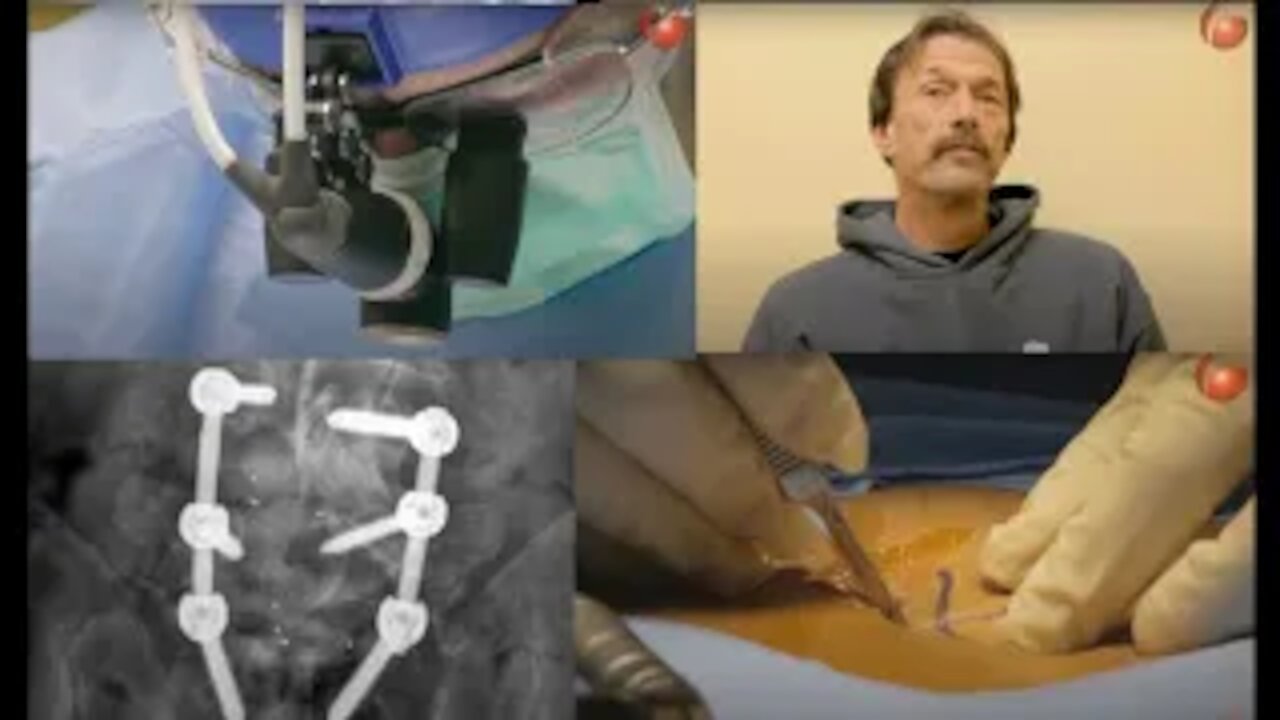
Lumbar Fusion Patient Recovery
Jon Tanner injured himself at work and had severe back pain. His initial practitioner wouldn't even see him, he would just prescribe medicine. He later switched to Synapse Orthopedic Group where he saw Edwin Haronian MD and Jonathan Kohan MD. After his surgery, his back pain significantly improved, he is now in physical therapy and excited to get better so that he can get back to work.
Call us to schedule an appointment: (818) 788-2400
Locations in Pomona, Sherman Oaks, and Los Angeles
A spinal fusion surgery is designed to stop the motion at a painful vertebral segment, which in turn should decrease pain generated from the joint.
There are many approaches to lumbar spinal fusion surgery, and all involve the following process:
Adding bone graft to a segment of the spine. Set up a biological response that causes the bone graft to grow between the two vertebral elements to create a bone fusion. The bone fusion - which results in one fixed bone replacing a mobile joint - stops the motion at that joint segment.
For patients with the following conditions, if abnormal and excessive motion at a vertebral segment results in severe pain and inability to function, a lumbar fusion may be considered:
Lumbar Degenerative Disc Disease
Lumbar Spondylolisthesis (isthmic, degenerative, or postlaminectomy spondylolisthesis)
Other conditions that may be treated by a spinal fusion surgery include a weak or unstable spine (caused by infections or tumors), fractures, scoliosis, or deformity.
At each level in the spine, there is a disc space in the front and paired facet joints in the back. Working together, these structures define a motion segment and permit multiple degrees of motion.
Two vertebral segments need to be fused together to stop the motion at one segment, so that an L4-L5 (lumbar segment 4 and lumbar segment 5) spinal fusion is actually a one-level spinal fusion. An L4-L5, L5-S1 fusion is a 2-level fusion.
A spine fusion surgery involves using bone graft to cause two vertebral bodies to grow together into one long bone. Bone graft can be taken from the patient's hip (autograft bone) during the spine fusion surgery, harvested from cadaver bone (allograft bone), or manufactured (synthetic bone graft substitute).
In addition to choices about which/how many levels to fuse and which bone graft to choose, there are many types of spinal fusion, including fusions with surgical approaches from the front (anterior), the back (posterior), both front and back, and/or from the side.
For more information please visit our website at: http://www.synapsedoctor.com
You can also follow our social media pages at:
http://www.facebook.com/synapsedoctor
http://www.instagram.com/synapsedoctor
http://www.twitter.com/synapsedoctor
-
 0:19
0:19
scomo1947
4 years agoPilot recovery
113 -
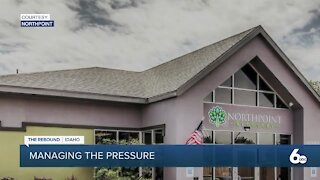 1:16
1:16
KIVI
4 years agoNorthpoint Recovery Programs
9 -
 1:05
1:05
KenWilliams1
4 years agoExtremely Patient Dog
344 -
 1:54
1:54
Sparkle Dance Academy
4 years ago $0.02 earnedSpanish Fusion Class
212 -
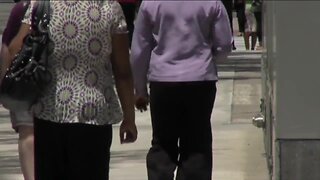 1:58
1:58
WKBW
5 years agoRehab and recovery patient describes treatment amidst changes to care during COVID-19
39 -
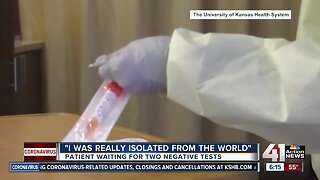 1:28
1:28
KSHB
5 years agoYoung KCMO COVID-19 patient describes road to recovery
24 -
 4:36
4:36
Examples Of Our Work
4 years agoPuerto Rico Recovery
65 -
 0:33
0:33
Tank24
4 years agoPatient pitbull with baby
131 -
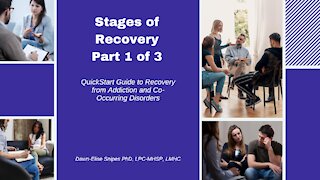 13:03
13:03
Integrative Approaches to Addiction and Mental Health Recovery
4 years agoStages of Recovery Part 1
126 -
 5:42
5:42
WMAR
4 years agoAmatus Recovery Centers - January 2021
39